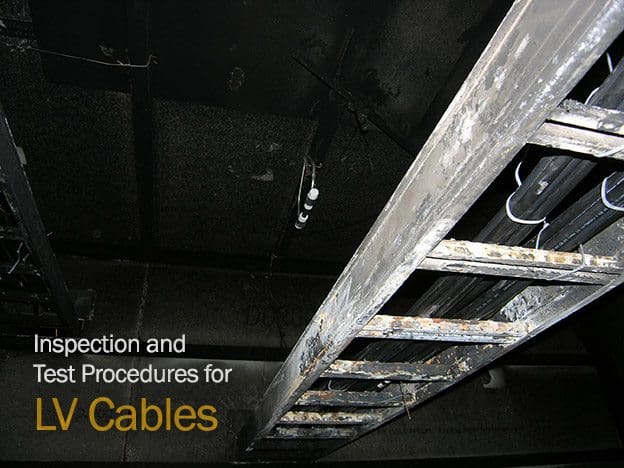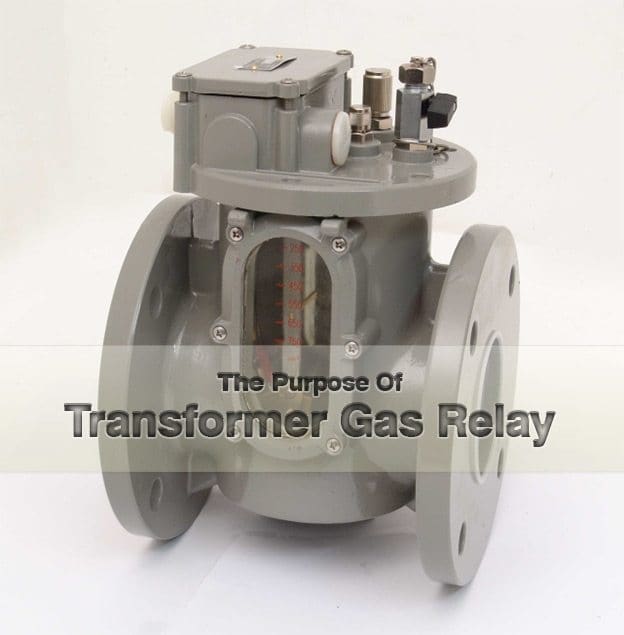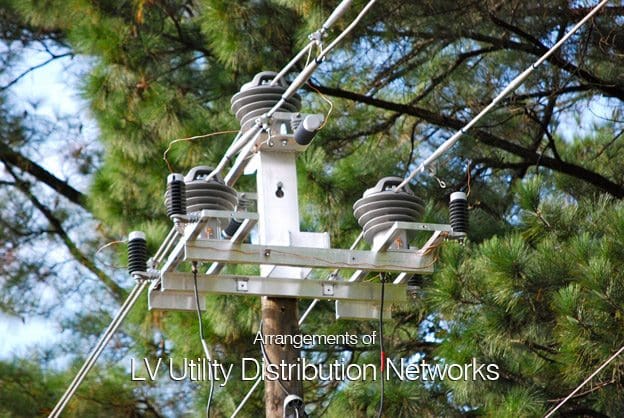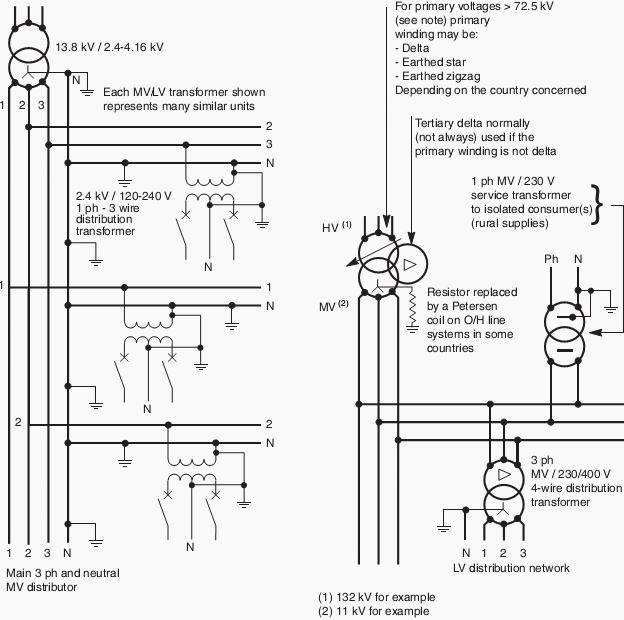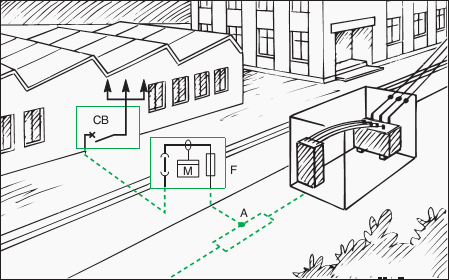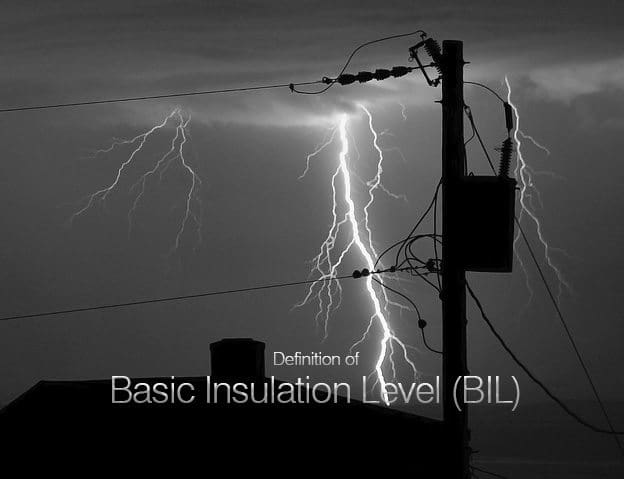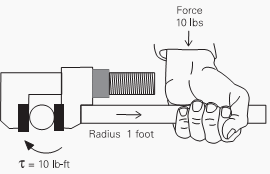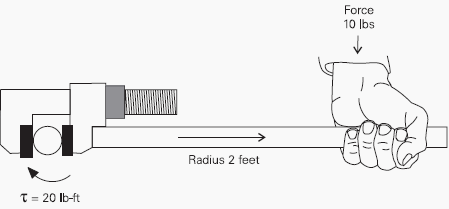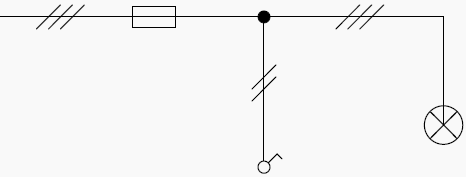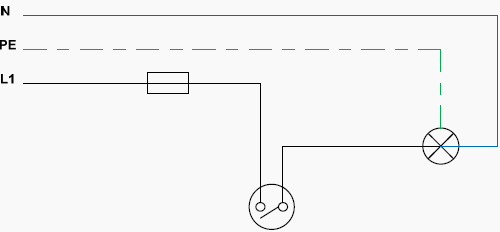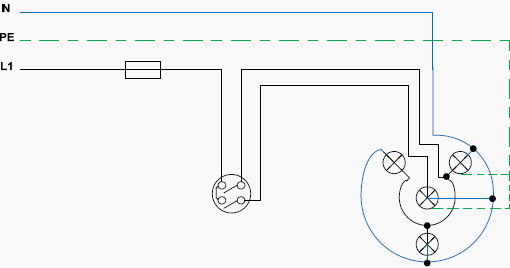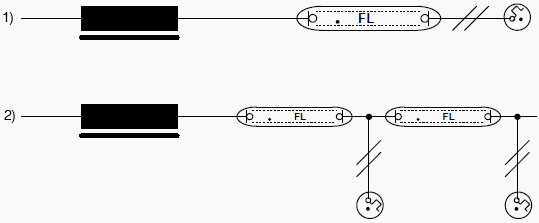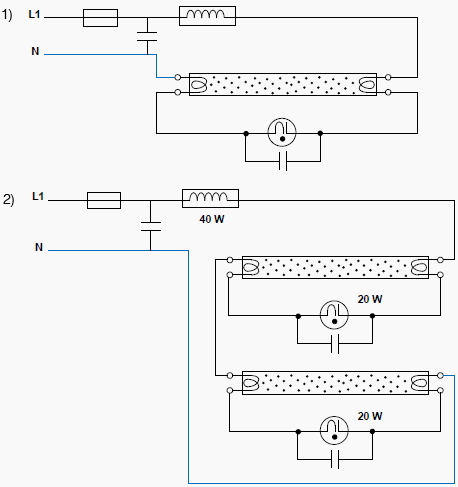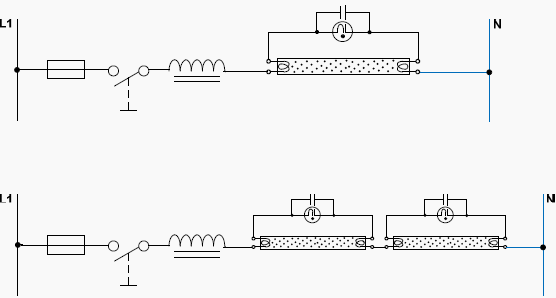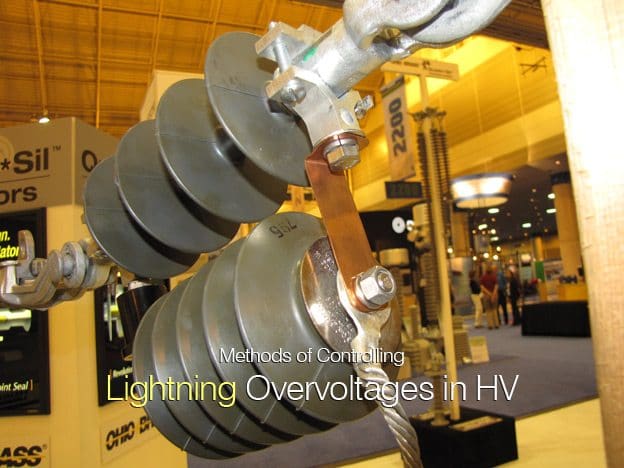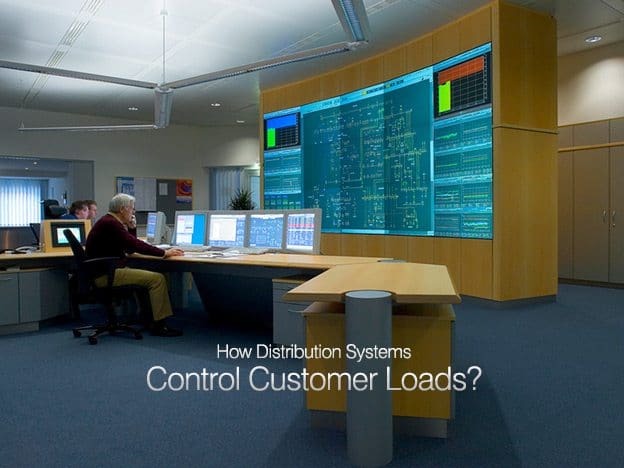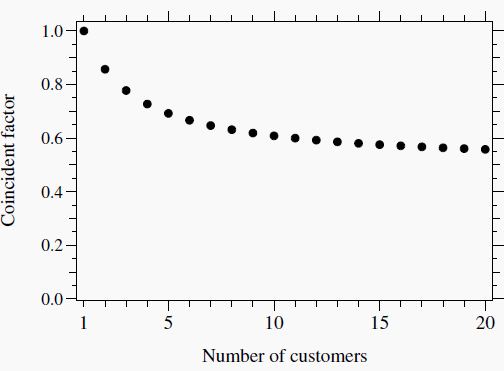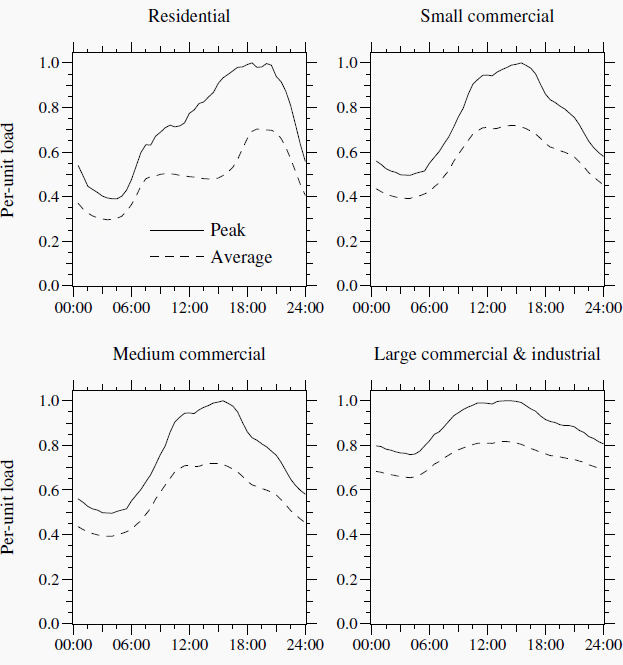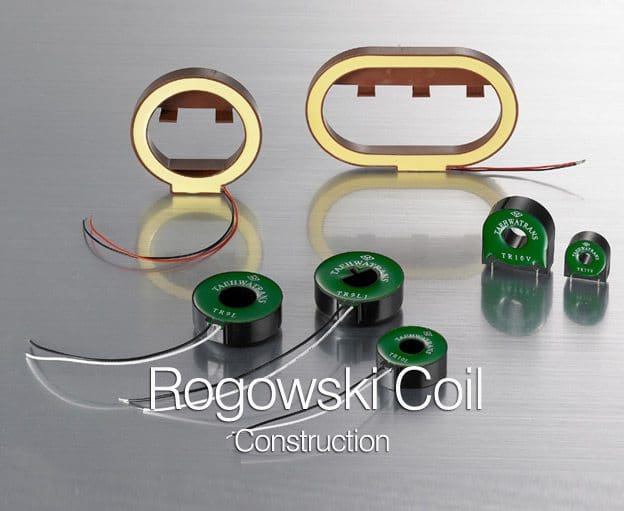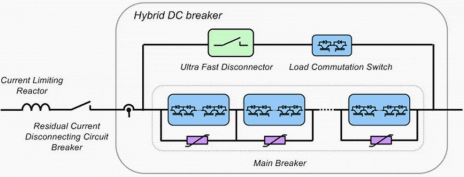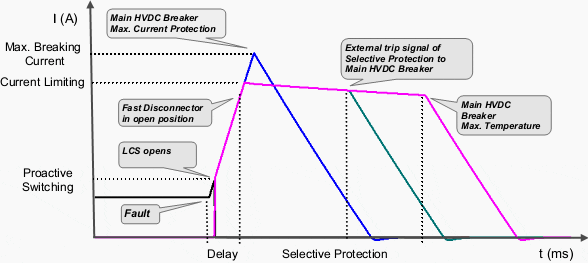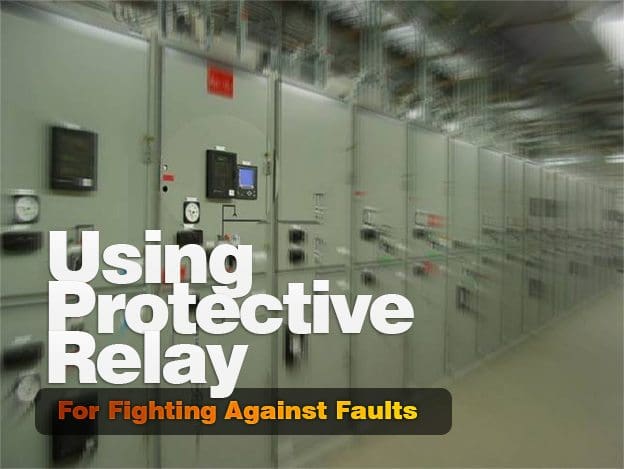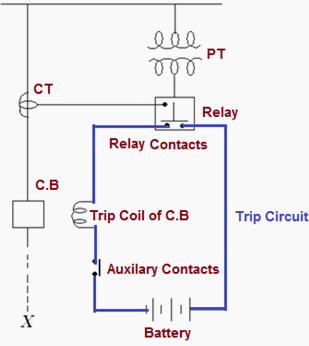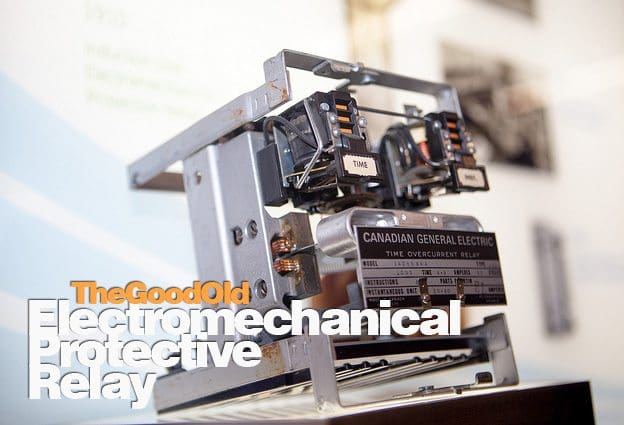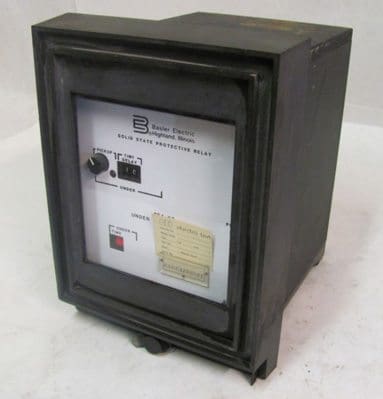![Power Line Carrier Communication (PLCC) Power Line Carrier Communication (PLCC)]()
Power Line Carrier Communication - PLCC (photo: Zanith Transformers & Swithgears Pvt. Ltd)
Content
- Coupling Capacitor
- Line trap Unit
- Transmitters and Receivers
- Hybrids and Filters
- Line Tuners
- Master Oscillator and Amplifiers
- Protection and earthing of coupling equipment
Advantages of Digital PLCC over Analog onesTypical signal to noise ratio calculation by considering a line of 295 kilometersSNR (Signal-to-Noise Ratio) CalculationIntroduction
Use of PLCC in modern electrical power system is mainly for telemetry and telecontrol. Tele means remote. Telemetry refers to science of measurement from remote location.
Different types of data transmission system can be used depending upon the network requirement and conditions.
Main data transmission system for telemetry and telecontrol are:
- Use of telephone lines
- Use of separate cables
- Power Line carrier communication
- Radio wave micro wave channel
![PLCC Panel Block Diagram PLCC Panel Block Diagram]()
PLCC Panel Block Diagram
For large power system power line carrier communication is used for data transmission as well as protection of transmission lines. Carrier current has a frequency range of 30 to 200 kHz in USA and 80 to 500 kHz in UK.
Each end of transmission line is provided with identical PLCC equipment consisting of equipment:
- Transmitters and Receivers
- Hybrids and Filters
- Line Tuners
- Line Traps
- Power amplifier
- Coupling capacitors
Distance protection relay in relay panel at one end of the transmission line gets the input from CT and CVT in line. The output of relay goes to modem of PLCC.
![PLCC scheme PLCC scheme]()
PLCC scheme
The output of PLCC goes to coupling capacitor and then to transmission line and travels to another end where it is received through coupling capacitor and inputted to relay and control panel at that end.
Go to Content ↑
Major goal/Application of PLCC
PLCC in modern electrical power system substation is mainly used for following purpose:
- Carrier protection relaying of transmission line so that:
- Inter trip command can be issued by relay due to tripping of circuit breaker at any one end.
- To trip the line circuit breaker nearest to the fault, this is done by:
a) Distance protection relay (V/I characteristics)
b) Differential comparison method
c) Phase comparison method
Station to station communication between operating personnelCarrier telemetring, electrical quantities that are telemetered are kW, kVA, kVAR, Voltage and Power factor etc.
Following methods are used for telemetring as well as telecontrol:- Simplex
- Duplex
- Multiplex
- Time division Multiplex
Many factors will affect the reliability of a power line carrier (PLC) channel.
The goal is to get a signal level to the remote terminal that is above the sensitivity of the receiver, and with a signal-to-noise ratio (SNR) well above the minimum, so that the receiver can make a correct decision based on the information transmitted.
If both of these requirements are met then the PLC channel will be reliable.
The factors affecting reliability are:
- The amount of power out of the transmitter.
- The type and number of hybrids required to parallel transmitters and receivers.
- The type of line tuner applied.
- The size of the coupling capacitor in terms of capacitance.
- The type and size, in terms of inductance, of the line trap used.
- The power line voltage and the physical configuration of the power line.
- The phase(s) to which the PLC signal is coupled.
- The length of the circuit and transpositions in the circuit.
- The decoupling equipment at the receiving terminal (usually the same as the transmitting end).
- The type of modulation used to transmit the information, and the type of demodulation circuits in the receiver.
- The received signal-to-noise ratio (SNR).
The above list may not be all inclusive, but these are the major factors involved in the success or failure of a PLC channel.
Go to Content ↑
Main Components of PLCC
1. Coupling Capacitor
![PLCC component - Coupling Capacitor PLCC component - Coupling Capacitor]()
PLCC component - Coupling Capacitor
Coupling capacitor connects the carrier equipment to the transmission line. The coupling capacitor’s capacitance is of such a value that it offers low impedance to carrier frequency (1/ωC) but high impedance to power frequency (50 Hz).
For example 2000pF capacitor offers 1.5MΩ to 50Hz but 150Ω to 500kHz.
Thus coupling capacitor allows carrier frequency signal to enter the carrier equipment.
To decrease the impedance further and make the circuit purely resistive so that there is no reactive power in the circuit, low impedance is connected in series with coupling capacitor to form resonance at carrier frequency.
Go to Content ↑
2. Line trap Unit
The carrier energy on the transmission line must be directed toward the remote line terminal and not toward the station bus and it must be isolated from bus impedance variations. This task is performed by the line trap.
The line trap is usually a form of a parallel resonant circuit which is tuned to the carrier energy frequency.
A parallel resonant circuit has high impedance at its tuned frequency, and it then causes most of the carrier energy to flow toward the remote line terminal. The coil of the line trap provides a low impedance path for the flow of the power frequency energy.
Since the power flow is rather large at times, the coil used in a line trap must be large in terms of physical size.
Hence a line trap unit/Wave trap is inserted between busbar and connection of coupling capacitor to the line. It is a parallel tuned circuit comprising of inductance (L) and capacitance (C). It has low impedance (less than 0.1?) for power frequency (50 Hz) and high impedance to carrier frequency.
This unit prevents the high frequency carrier signal from entering the neighboring line.
Go to Content ↑
3. Transmitters and Receivers
The carrier transmitters and receivers are usually mounted in a rack or cabinet in the control house, and the line tuner is out in the switchyard.
This then means there is a large distance between the equipment and the tuner, and the connection between the two is made using a coaxial cable.
![PLCC component - Transmitters and receivers PLCC component - Transmitters and receivers]()
PLCC component - Transmitters and receivers
The coaxial cable provides shielding so that noise cannot get into the cable and cause interference. The coaxial cable is connected to the line tuner which must be mounted at the base of the coupling capacitor.
If there is more than one transmitter involved per terminal the signal must go through isolation circuits, typically hybrids, before connection to the line tuner.
Go to Content ↑
4. Hybrids and Filters
The purpose of the hybrid circuits is to enable the connection of two or more transmitters together on one coaxial cable without causing intermodulation distortion due to the signal from one transmitter affecting the output stages of the other transmitter. Hybrids may also be required between transmitters and receivers, depending on the application.
The hybrid circuits can, of course, cause large losses in the carrier path and must be used appropriately. High/low-pass and band-pass networks may also be used, in some applications, to isolate carrier equipment from each other.
5. Line Tuners
The purpose of the line tuner in conjunction with the coupling capacitor is to provide low impedance path for the carrier energy to the transmission line and a high impedance path to the power frequency energy.
The line tuner/coupling capacitor combination provides a low impedance path to the power line by forming a series resonant circuit tuned to the carrier frequency.
On the other hand, the capacitance of the coupling capacitor is high impedance to the power frequency energy. Even though the coupling capacitor has high impedance at power frequencies, there must be a path to ground in order that the capacitor may do its job. This function is provided by the drain coil, which is in the base of the coupling capacitor. The drain coil is designed to be low impedance at the power frequency and because of its inductance it will have high impedance to the carrier frequency.
Thus the combination of the line tuner, coupling capacitor, and the drain coil provide the necessary tools for coupling the carrier energy to the transmission line and blocking the power frequency energy. One last function of the line tuner is to provide matching of impedance between the carrier coaxial cable, usually 50 to 75 ohms, and the power line which will have an impedance of 150 to 500 ohms.
Go to Content ↑
6. Master Oscillator and Amplifiers
High frequency carrier signal is generated in oscillator.
Oscillator can be crystal oscillator with which operation for a particular bandwidth can be achieved. The output voltage of a oscillator is held constant by voltage stabilizer.
The output of oscillator is fed to amplifier so that loses in transmission can be compensated. Losses occurring in carrier current is termed as attenuation of carrier signal.
They are mainly: Losses in coupling equipment which are constant losses for a given carrier frequency bandwidth.
![PLCC component - Master oscillator and amplifiers PLCC component - Master oscillator and amplifiers]()
PLCC component - Master oscillator and amplifiers
Line losses vary with length line, size of line, weather condition etc…These losses for underground line is more than overhead line.
Frequency spacing is a process using different carrier frequency in two adjacent transmission lines. Wave trap/Line trap help in accomplishing this.
Go to Content ↑
7. Protection and earthing of coupling equipment
Over voltage can be caused due to lightning, switching and sudden loss of load etc.
They produce stress on coupling equipment and line trap units. Non linier resistor in series with protective gap is connected across the line trap unit and inductor of coupling unit.
The gap is adjusted to spark at a set value of over voltage.
![Protection and earthing of coupling equipment Protection and earthing of coupling equipment]()
Protection and earthing of coupling equipment
Coupling unit and PLCC equipment are earthed through a separate and dedicated system, so that ground potential rise of station earthing system does not affect the reference voltage level/Power supply common ground of the PLCC equipment.
In this regard that is earthing of PLCC and other communication/Instrumentation/Electronic equipment please refer to NEC Article 645 for data centers (IT equipment.)
Advantages of Digital PLCC over Analog ones
- Immune to noise in processing and storage stages, as it is completely digital.
- Digital: Require less no. of circuits (hardware), since Digital Processor is a single chip.
- Processing is accurate and reliable.
- Frequency conversion is done in a single step (Digital Conversion).
- Digital processing allows the application of a wide range of mathematics. (Analog processing is limited by the availability of devices to perform desired functions, while)
- Equalization is perfect: High-resolution digital filtering gives very flat filter response as desired.
- The performance of digital circuits, opposed to analog, is relatively independent of actual component values in the implementing circuit. Therefore, digital systems more reliably reproduce the desired responses in spite of temperature variations or component aging.
- In addition, in digital circuits there is little need for component matching.
- Simplified Production: Lower Parts count and improved testability.
Power Line Carrier (PLC) Signal propagation along high voltage lines depends entirely on the construction of transmission lines, mainly on the configuration and characteristics of all conductors and on the ground resistance optimum coupling allows to make the best use of a given transmission line.
Transposition may introduce additional attenuation which can generally not be predicted with simple rules. Most transposition schemes result in high attenuation poles at certain frequencies such frequencies cannot be used for PLC communications.
Forbidden Frequency Ranges may be determined as explained in CIGRE Paper 35-02, Senn/Morf – Optimum PLC Arrangement on Transposed Single Circuit power Lines – (August, 1984)
In critical cases, however, computer calculation may be necessary, for which the following data is required:
- Height of each conductor above ground (at the towers)
- Sag of conductors (between towers)
- Horizontal distance (between conductors)
- Number of conductors per phase (single or if bundle spacing)
- Outer diameter of conductors, material of conductors
- Number of strands at the circumference (outer strands)
- Diameter of strands
- Same information (a) to (g) for ground wires
- Total length of transmission line
- Sketch of phasing arrangement showing type and number of transpositions and distance between transpositions (if double system, each scheme required separately)
- Earth resistivity in Ohm meters, if not known, state whether around 300 or 1000 or 3000 communication separately.
- Coupling arrangement (phase to ground of phase to phase)
- Available carrier frequency range
Go to Content ↑
Typical signal to noise ratio calculation by considering a line of 295 kilometers
Frequency line section: 140/144 KHz
Line Voltage: 400 KV
Line configuration: 3 transpositions at equal distance
Line length: 295 Kms
Conductor diameter: 31.77 mm
No. of bundles per conductor: Two
Overall loss = Line attenuation + Coupling loss
Line attenuation (aL) = a1 x L + 2aC + aadd
Where:
a1 = attenuation constant of the lowest loss made in dB per Km
ac = model conversion loss in dB
aadd = additional loss caused by discontinuities e.g. coupling circuits, transposition etc. in dB
a1 is a constant which depends upon
f = frequency in KHz
d = conductor diameter in mm
n = No. of bundles
Line configuration = No of transposition at equal intervals
Upon substituting corresponding values with certain approximation we get a1:
a1 = 0.029 dB/Km
Line attenuation, aL = 0.029 x 295 + 2 x 0 + 10 = 8.55 + 10 = 18.55 dB
Coupling Loss = Loss in Coupling equipment + tapping loss + paralleling loss + by pass losses in case of bypasses + cable loss.
= 2 + 2.6 + 1 + 0 + 0.5
= 6.1 dB
Overall loss = Line attenuation + Coupling loss = 18.55 + 6.1 = 24.65 dB
Go to Content ↑
SNR (Signal-to-Noise Ratio) Calculation
Signal level (speech) = +35 dB & 38 dB (Corresponding to 20 Watt (43 dBm PEP) and 40 watts respectively)
Noise level (Corona noise) in 2.2 KHz bandwidth = -13.5 dB
Correction considering Psophometric factor = -2.0 dB
Noise level in speech band (300 – 2400 Hz) = -15.5 dB
Equipment noise above external = -60 dBm is very low corresponding to noise so not considered in calculation
Signal level (speech) at receiver side on line side = +35 – (Line attenuation + Coupling loss)
= +35 – (18.55 + 6.1) = +35 – 24.65 = 10.35 dB
Signal to noise ratio = (Signal level (speech) at receiver side on line side – Noise level in speech band)
= +10.35 -(-15.5 dB) = 25.85 dB (considering PLC terminal power output as 20 watts)
= 28.85 dB (considering PLC terminal power output as 40 watts which is recommended for better SNR).
Go to Content ↑
